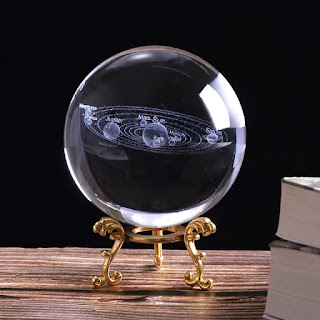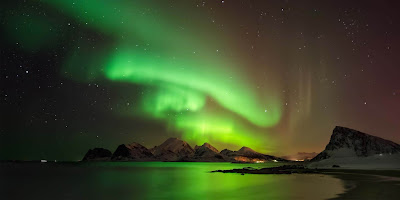Looking For Astronomy Gifts? Sleep Under The Stars Every Night

Looking For Astronomy Gifts? Sleep Under The Stars Every Night! From the moment we are born, astronomy gifts, glow in the dark stars and star themed lullabies are thrust upon us. 'Twinkle twinkle little star' is sung or played repeatedly to all babies and every piece of equipment and clothing aimed at small children has themes of stars and moons. This is no wonder, as the heavens have inspired and fired imaginations throughout mankind's history. Astronomy gifts, including glow in the dark stars, are some of the most popular presents for young and old alike. Every child loves getting astronomy gifts, as outer space holds no limits for their imagination. Hours of fun can be had, pretending to be an astronaut and exploring new planets and galaxies. Even as adults, we still stop and stare in wonder, when we are lucky enough to view a star-filled sky at night. It is such an amazing and beautiful sight! Studying the stars can be a lifelong hobby. My father used to spend many ev









